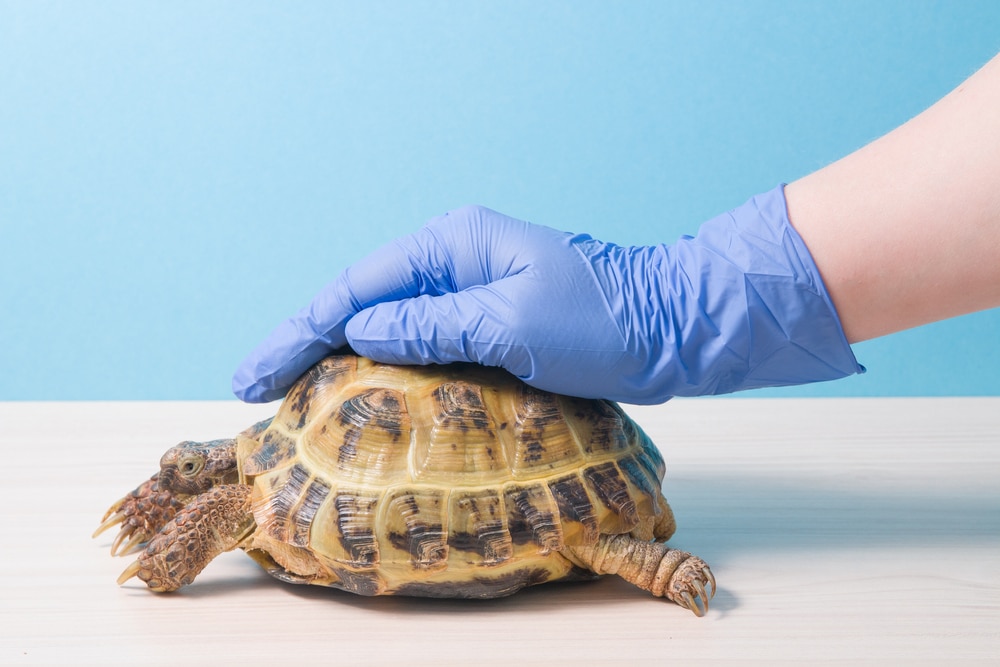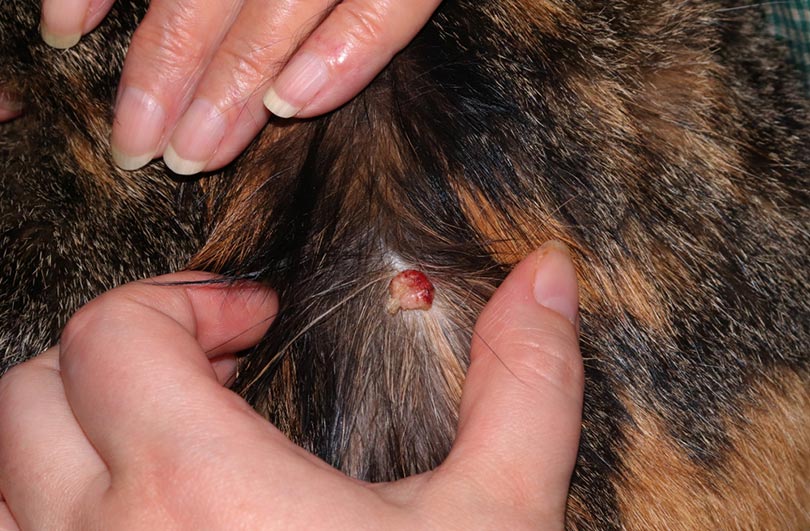Cat is Shedding A Lot: When You Should Worry & Prevention (Vet Answer)
By Dr. Paola Cuevas, MVZ (Vet)
Updated on
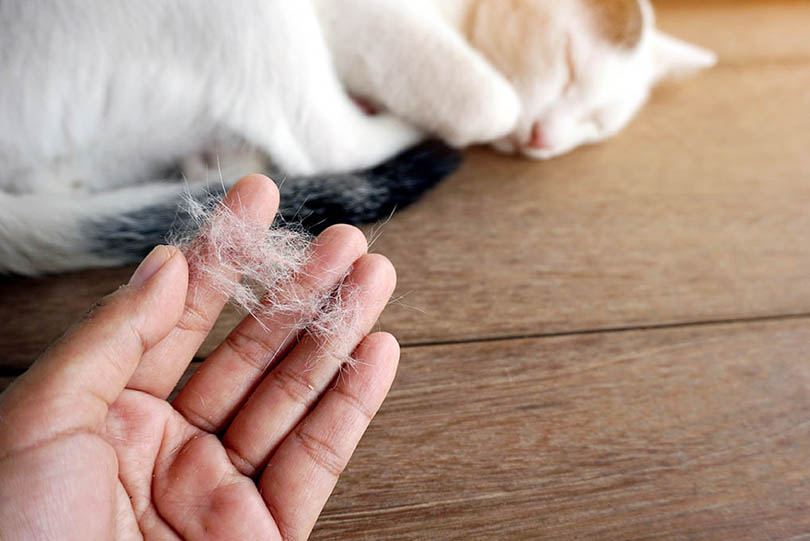
Shedding is a natural process of all mammals. It is a way of preparing for a change of season. Some animals go through very clear molting seasons where they lose and renovate their whole fur in a short period, mostly to adapt and prepare for environmental temperature changes.
Modern domestic cats have evolved from wild felines that needed to adapt to seasonal changes. Shedding is controlled by the number of daylight hours also known as photoperiod through the stimulation of the pineal gland.
Nowadays, our house cats enjoy a protected and artificially controlled temperature and no longer rely on their fur to survive environmental changes. Air conditioners and house heaters have resulted in cats shedding a few hairs every day as a natural process of renovation of the hair cycle where hair grows, rests, dies, and falls. However, even modern house cats go through a heavier shedding season twice a year, usually around the time of spring, when they lose their heavy winter undercoat to prepare for warmer weather, and in fall when they prepare to grow a new undercoat for the next winter’s cold.
Is It Normal for My Cat to Shed A Lot?
It is completely normal for your cat to shed and modern house cats that have access to natural light still go through two very clear shedding seasons in the year. It is a necessary biological process to renovate the fur to keep it healthy even if they don’t need to prepare for seasonal changes. Both cats with long and cats with short hairs will regularly shed a few hairs every day; however, it is way more visually obvious in the case of long-haired cats.
In addition, hormonal changes, such as the ones experienced during pregnancy or lactation, can cause cats to shed more; and that is normal.
Top 3 Ways to Prevent Your Cat From Shedding a Lot of Hair
It is impossible to prevent a cat from shedding as this is a natural cycle of their fur. However, shedding can be managed to prevent more serious complications. The following are some general recommendations to help your cat have healthy fur and shedding.
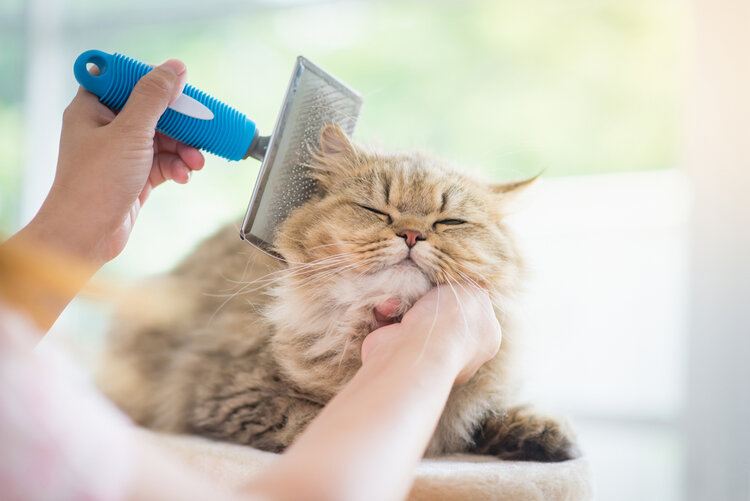
1. Grooming
Cats spend a good amount of time grooming themselves, cleaning, and fixing their fur with the little scoop-shaped spines of their tongues called filiform papillae. However, an important part of the house cats’ care is the maintenance of the fur and regular brushing. It is recommended to brush long hair cats a couple of times per week, most short-haired cats need to be brushed at least weekly. With this, you will be able to aid your cat in keeping healthy fur, free of knots and mats.
- Helps stimulate circulation to the skin
- Helps to remove dirt
- Helps to remove unnecessary dead skin cells and dead hairs
- Most importantly, helps prevent the risk of your cat ingesting too much hair while self-grooming!
Hairballs are caused by the accumulation of ingested hair and if they are not regurgitated, they are dangerous. Hairballs are a common cat case at veterinary clinics; ingested hair clumped in the stomach or further down the intestines can cause a series of medical problems in cats including gastroenteritis and gastrointestinal obstructions. Often the only remedy for this is an open abdomen surgery to remove the hairball.
- No more Fur-niture!
Another great benefit of regularly brushing your cat’s fur is that there will be a dramatic decrease in hairs all over the house, sofas, your clothes, etc. It will be easier for you to keep your house and belongings free of cat hair.
Tired of seeing loose hair floating around your house? We’ll let you in on a little secret to keep shedding to a minimum: the Hepper Cat Brush.
- ONE PUSH RELEASE - This kitten brush / cat brush pops out fur with just a simple press, leaving you...
- DURABLE - Cat shedding can be a tough ordeal. Made of resilient ABS plastic and metal bristles with...
Created to be gentle on your cat’s skin while removing excess hair, this brush is perfect for weekly grooming sessions and keeps loose fur to a minimum. This is our product, so we might be biased, but we love it so much we had to share!
2. Keep it Clean
It is well known that most cats do not appreciate showers; however, regularly bathing your cat will help remove accumulated oils and dirt and keep the fur looking healthy and clean. The frequency of bathing will depend on the kind of fur your cat has. An interesting fact is that hairless breeds such as the Sphinx cats need more frequent baths to keep the oil away from their skin. When bathing your cat, use specialized cat or kitten shampoos; human shampoos can irritate their skin. Ask a veterinarian about the recommended bath frequency according to the kind of hair and environment your cat lives in.
3. Diet
A healthy-looking coat reflects your cat’s health. Hair is made of a protein called keratin, and for a cat to have healthy fur, the diet should provide the right amount of animal proteins and healthy fats with an appropriate ratio of Omega acids 3 and 6. Each cat is different, so you should always consult a veterinarian regarding the kind of food and supplementation that is ideal for your cat.
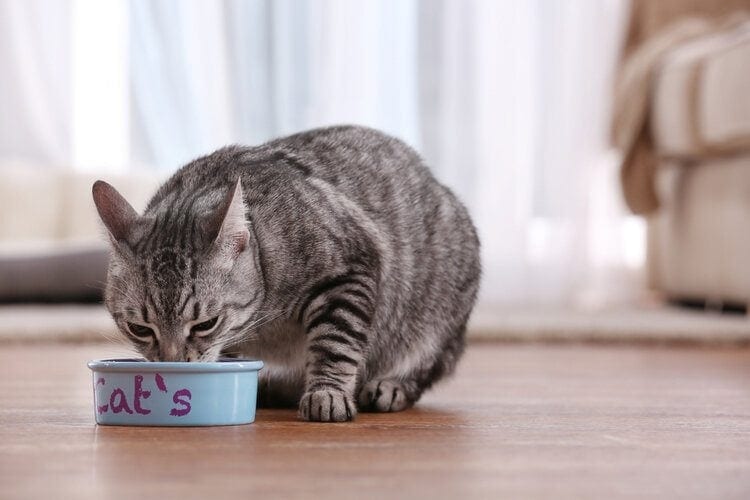
Warning Signs: When “Shedding” is Not Shedding
Like any other organ, the skin is prone to suffer or reflect medical issues.
- The fur looks dry or brittle
- The hair is dull or notably thinning
- There are areas of alopecia, where the hair is falling off but not growing back
- Skin looks reddish, inflamed, or irritated
- There are warm spots of skin under the fur
- You can see flakes or scabbing
- The cat is scratching a lot
- External parasites, fleas, ticks, or mites are all irritating to the skin
- Allergies
- Skin inflammation or irritation is caused by scratching, injuries, or even bacterial infections
- Ringworm or other fungal infections
- Stress or anxiety
- A poor diet or malnutrition
Conclusion
Shedding is normal in cats; they lose a few hairs every day and have two heavy shedding cycles in the year. If you have noticed your cat is shedding more than usual and you suspect it is due to a medical condition, please bring your cat to the veterinarian, for a check and appropriate treatment.
Featured Image Credit: Doucefleur, Shutterstock





